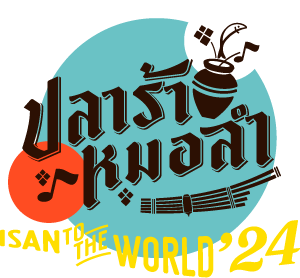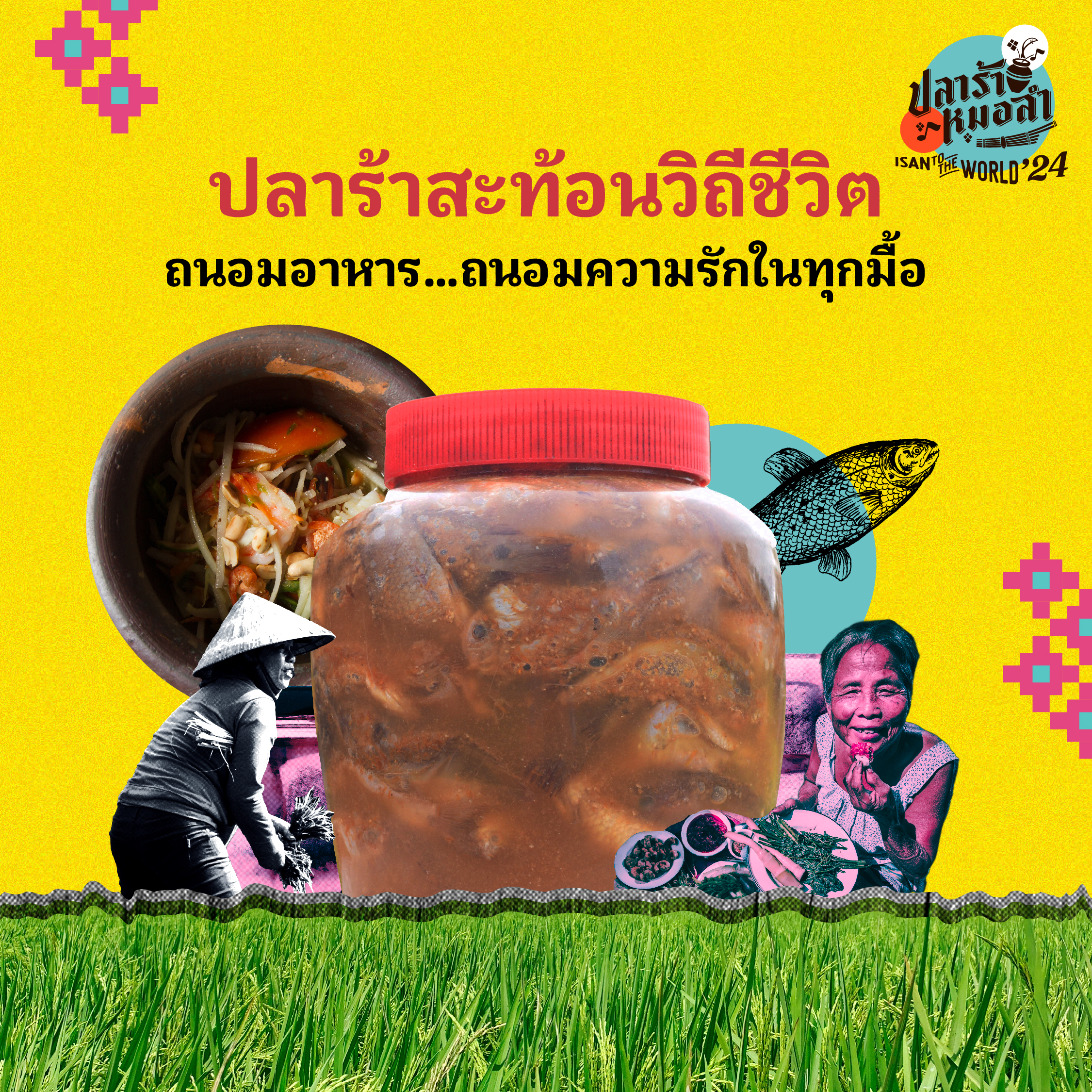Morlam is an essential part of the cultural heritage that reflects the way of life and traditions passed down through generations in Isan communities. Every aspect of Morlam embodies local creativity and wisdom, making it a symbol of pride and preservation.
Lyrics and Songs
Morlam began as a form of improvised lyrical storytelling known as tor klon, where performers would weave tales of history, folklore, and the everyday life of the Isan people. The performances were live, and the performers needed the skill to improvise and narrate in a way that was easy for audiences to understand. Literary scholars have pointed out that the communication between performers and audiences creates a shared, dynamic experience. Although Morlam performances have evolved, the core structure of storytelling still clearly reflects the cultural roots of Isan.
Costumes
The costumes worn in Morlam performances are another reflection of Isan’s identity. Traditional outfits are typically made from handwoven silk or cotton, with pha khao ma (a traditional multipurpose cloth) draped and tied in unique ways, showcasing local craftsmanship and culture. Vibrant colors and distinctive patterns from each community further highlight the rich local heritage. Though modern Morlam performances may now feature more elaborate and creative costumes, the innovative designs still maintain the spirit of the traditional art form, blending past and present into something new.
Music
Morlam would not be complete without its signature instrument, the khaen. This traditional bamboo mouth organ is essential to setting the rhythm and atmosphere of the performance, as its melodies must sync with the performers’ singing and dancing. Scholars argue that the use of local music helps to foster stronger social bonds and enhance communication within the community. Even though modern Morlam performances now incorporate contemporary musical instruments and grand production, this is part of the natural evolution of the art, ensuring it doesn’t become stagnant or lost over time.
These are just a few reasons why Morlam should be cherished, preserved, and passed on—not only to maintain traditional art but also to help younger generations connect with their roots in a meaningful way.
Pictured: National Artist in the Performing Arts (Adapted Morlam) Mae Ratree Sriwilai Bongsitthiporn with her students.
#PlaraMorLam24
#ISANToTheWorld







